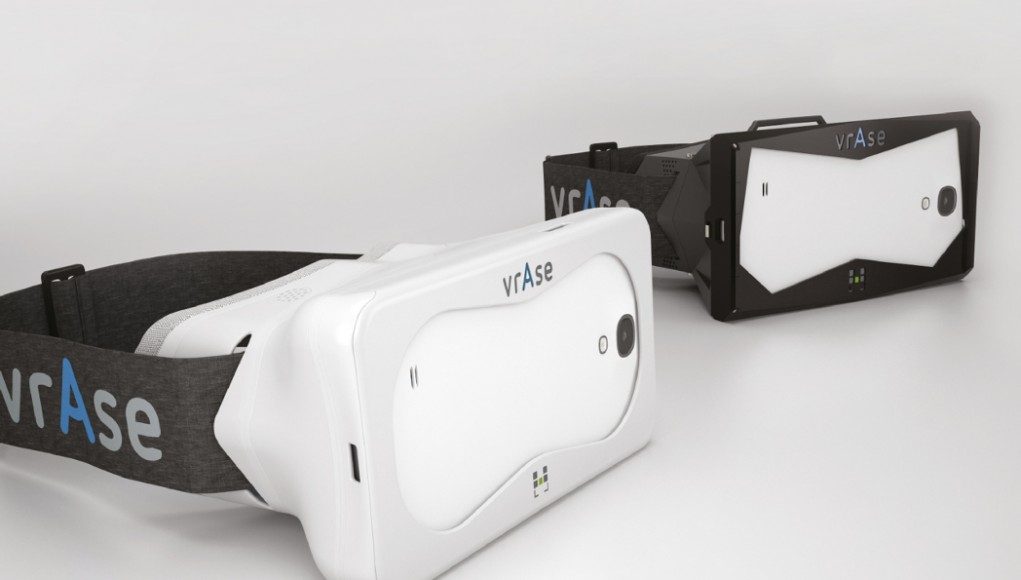We caught up with Miguel Schiaffino, part of the team behind a new smartphone holder with integrated lenses that promises to leverage the power of the smartphone in your pocket to surround you with your favourite 3D movies, wherever you are.
A Truly Portable 3D Cinema?
Miguel Schiaffino is disarmingly upbeat and enthusiastic as we greet eachother in one of the Business Area watering holes at Gamescom. As I setup to record the interview, he explains to me what vrAse is and why he thinks it’ll not only revolutionise media consumption whilst on the move but why his device may well ease those who are less comfortable with Virtual Reality and it’s HMDs into the brave new world via a familiar medium, their phones. So what exactly is vrAse?
Succinctly, it’s a head mounted device with special lenses that uses your smartphone to generate 3D imagery to the user. To be more verbose, you position your phone in the devices slot and strap the unit (via a familiar looking Ski-Mask style strap), once mounted the lenses deliver an expanded 3D view the gives the impression of a large screen floating in front of your face, albeit with none of the issues you’d usually get with active or passive 3D movie Displays – specifically no crosstalk or ghosting. Load up a media player capable of rendering SBS Stereoscopic 3D (SBS) movie content, load up your phone and sit back to watch. Simple.
It’s an intriguing idea, targeting movie lovers is an interesting approach to entering this market. Certainly when I tried the unit, backed by a 1080p smartphone running an LG 3D Demo, it delivers a compelling 3D effect – as expected crosstalk and ghosting is absent and depth was very good. However, in the demo I tried, playing an SBS movie (half SBS to be exact), although each discrete frame (or in this case ‘side’ of the display) was delivered as expected to each eye independently for the 3D effect, those frames were delivered ‘as is’ – i.e. compressed on the horizontal access. Example below:
Orginarily when played with a compatible viewer, those 2 compressed frames are decompressed (stretched to the correct aspect ratio). But of course, here they are displayed in their raw form, squashed as in the above example. It wasn’t clear how this could be overcome, although Miguel assured me compatible players and video encoding can resolve the problem.
The unit itself was comfortable to use and in the 3D printed form I got to try, more than a little reminiscent of Oculus’ Development Kit, was comfortable and light. The version I tried had a single, fixed width slot but production models will supposedly sport adjustable slots to suit different phone sizes.
To Kickstarter
The vrAse team is now taking to Kickstarter to test the waters and gauge public reaction to their concept. The campaign is due to begin Saturday August 31st, we’ll post more details once we have them.
We wish Miguel and the team luck with the campaign. Whilst at Gamescom, we also had some time with a similar concept the Durovis Dive (aka Open Dive) – although that seems far more game oriented. Regardless, this seems to be a market that’s being explored fully by innovators already, it’ll be interesting to see where it leads.
You can find out more about vrAse over at their website










